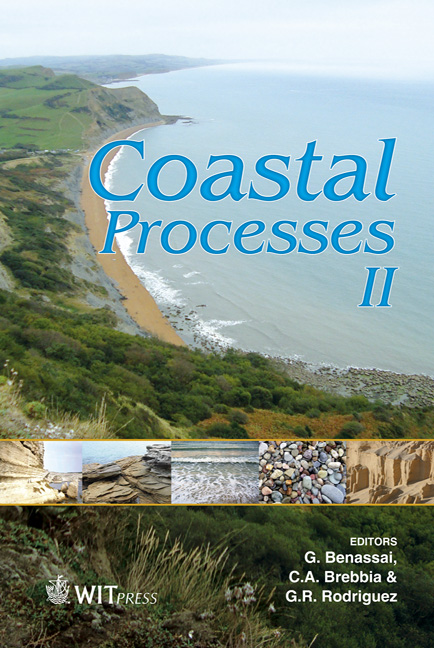Relation Between Natural Cleansing Effect And Angularity Of Coastal Gravel
Price
Free (open access)
Transaction
Volume
149
Pages
9
Page Range
297 - 305
Published
2011
Size
723 kb
Paper DOI
10.2495/CP110251
Copyright
WIT Press
Author(s)
S. Hamada, N. Sawano & R. Aps
Abstract
Serious environmental contamination will arise once spilled oil hits the coastal area. A gravel beach is commonly hard for oil recovery because these areas are hard to approach in order to conduct cleanup work. Also, stranded oil will easily be penetrated into the coastal sediment of gravel. In this study, energy of wave exposure was analyzed using the method of image analysis to gravel shapes. As a result, the shape of gravel on a beach is affected by the energy of wave and then provides natural cleansing ability. These effects were examined by an actual oil spill by \“Nakhodka” which happened in 1997. In the field survey, projected images of cobble-sized andesitic gravel were taken by a digital camera. Then shapes of them were analyzed by the software \“ImageJ” and a common spreadsheet. All the images were changed to 720-angled polygon then \“bending angles” were measured to decide \“Angularity Indexes” of gravel. Oil residual time of monitoring points of Nakhodka and the indexes were examined and then a strong correlation coefficient (R2=0.858) has been observed. Also, the natural cleansing ability for oil can be estimated by image analyses of coastal gravel. Keywords: oil spill, gravel beach, ESI mapping, risk assessment.
Keywords
oil spill, gravel beach, ESI mapping, risk assessment





